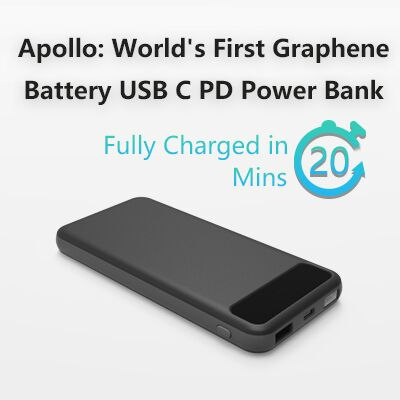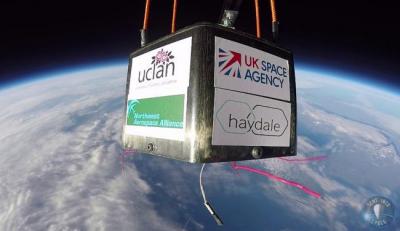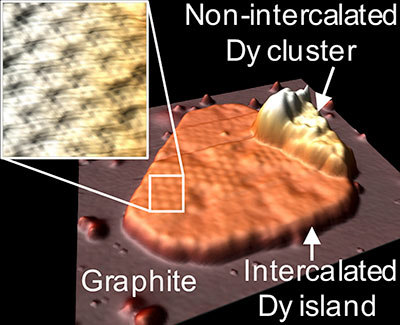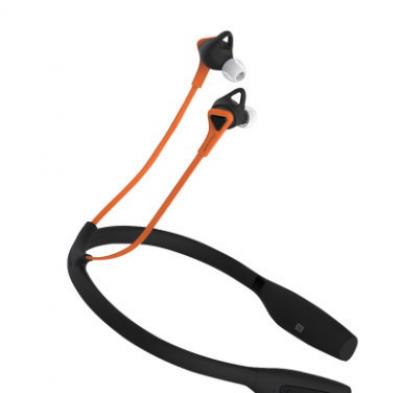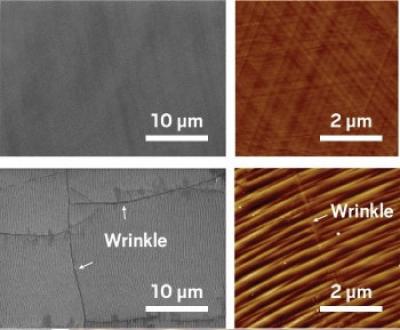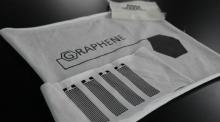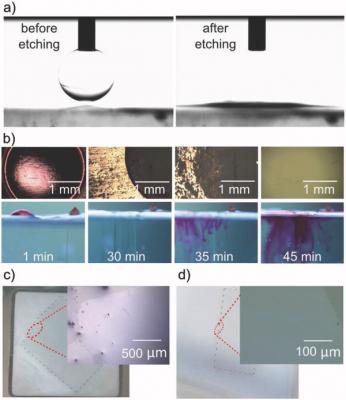The best of 2017 - top graphene stories
2017 will soon be over - and it was a good year for the graphene industry. More and more graphene-enhanced products are launched on the market in many industries - including sports equipment, sensors, audio, energy and more. Production capacity is increasing, prices are going down and it seems that graphene is finally starting to fulfill its promise.
Here are the top 10 stories posted on Graphene-Info in 2017, ranked by popularity (i.e. how many people read the story):
- An all-electric car with graphene-based battery to be unveiled at the 2017 Geneva Auto Show (Feb 15)
- Apple wants to use graphene membranes to enhance next-gen iPhone speakers or microphones (May 6)
- Stanford team demonstrates a graphene-based thermal-to-electricity conversion technology (Jan 25)
- Nanotech Engineering's graphene-enhanced solar panel gains MIT's approval (Oct 2)
- Graphene-Info's top 10 graphene applications of 2016 (Jan 2)
- MIT and Lamborghini to develop graphene-enhanced supercar (Nov 10)
- Ionic Industries announces a process for economically mass-producing graphene micro supercapacitors (Sep 11)
- Samsung's "graphene balls" improve the performance and charging time of Li-ion batteries (Nov 27)
- Indian team produces high surface area graphene from waste peanut shells (Nov 19)
- Researchers from China create graphene aerogel that converts sunlight into heat to produce water vapor at room temperature (May 21)
